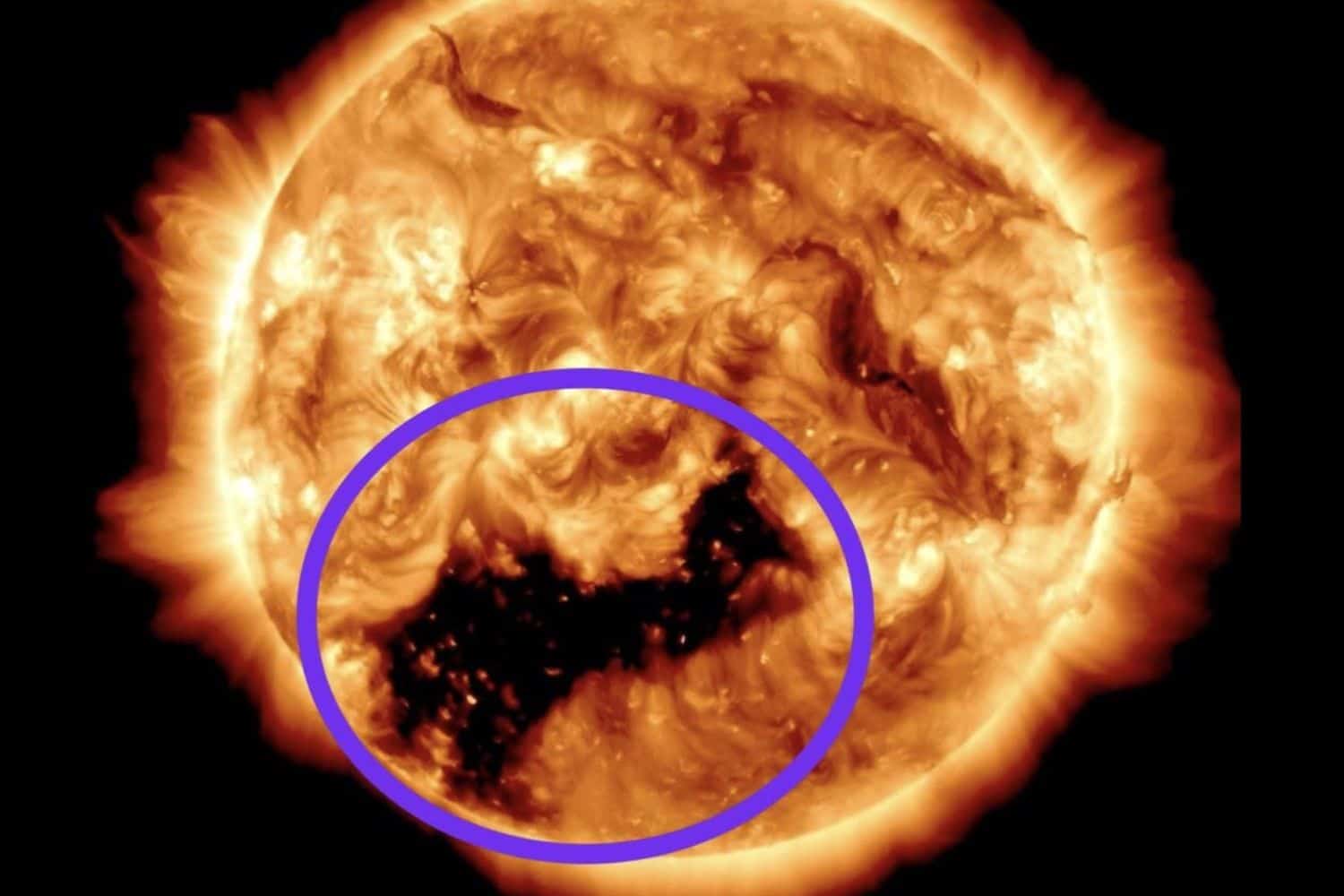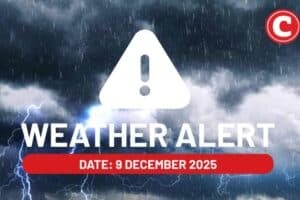The geomagnetic storm was triggered by the impact of a coronal mass ejection (CME) from the Sun.

A powerful geomagnetic storm with winds of up to 1 000km per second that swept across Earth’s magnetic field over the past 24 hours is now rotating away from the planet.
The geomagnetic storm was triggered by the impact of a coronal mass ejection (CME) from the Sun, which combined with intense solar wind from a large coronal hole.
Coronal hole
Since 29 May, a particularly large coronal hole called Coronal Hole 52 has unleashed a high-speed stream (HSS) of solar wind and caused minor to moderate geomagnetic storm conditions.
South African National Space Agency (Sansa) spokesperson Daleen Fouche told The Citizen that although geomagnetic conditions appeared to be recovering on 31 May, the solar wind speeds were still at strong levels, reaching 700 km/s.
“A fast CME associated with a strong M8.1 solar flare on 30 May reached Earth on Sunday 1 June, compounding the effects of the high-speed solar wind, increasing geomagnetic activity to G4 (severe) storm levels, with Kp (Kp index is a global measure of geomagnetic activity) values peaking at 8 and Hermanus registering a local K-index of 7.
“The impact of this CME further increased solar winds up to a speed of 1 000km per second. The storm began in the early hours of Sunday morning and persisted through the night.
“By 11:30 am South African local time this morning (Monday, 2 June), the storm had subsided to G2 (moderate) levels, but geomagnetic activity remains elevated and is expected to continue at G1 (minor) to G2 (moderate) levels throughout the day,” Fouche said.
WATCH Coronal activity on the Sun
A powerful M8.2 solar flare that will trigger G4 (SEVERE) geomagnetic storm, tonight
— Milky Way (@PanatpongJ) June 1, 2025
📷 NASA/SDO pic.twitter.com/nZLgFqs8jM
ALSO READ: Eyes on the sky: Global leaders convene in Stellenbosch to tackle near-Earth threats
Northern and Southern lights
Fouche said Space weather storms can trigger the Northern Lights, or aurora borealis, and the Southern Lights, or aurora australis.
“The Southern Lights are rarely seen over South Africa, but did make an appearance during two major storms in 2024. No sightings of aurora over South Africa were reported to SANSA after yesterday’s G4 storm”.
Technology Impacts
Possible impacts of a G4 severe storm include disruptions to high-frequency (HF) radio communications and global navigation satellite systems (GNSS), which are sensitive to geomagnetic disturbances.
Fouche said the coronal hole that caused the initial HSS is now rotating away from Earth.
“The solar wind speed has decreased to approximately 700 km/s. SANSA anticipates further G1 (minor) to G2 (moderate) geomagnetic activity in the near term, particularly if the incoming CME arrives as forecast”.
Sansa has been monitoring space weather since 2010 from its facility in Hermanus, Western Cape, and expanded to an operational, 24/7 capability in 2022.
ALSO READ: Anyone out there? Astronomers find signs of life on distant planet






